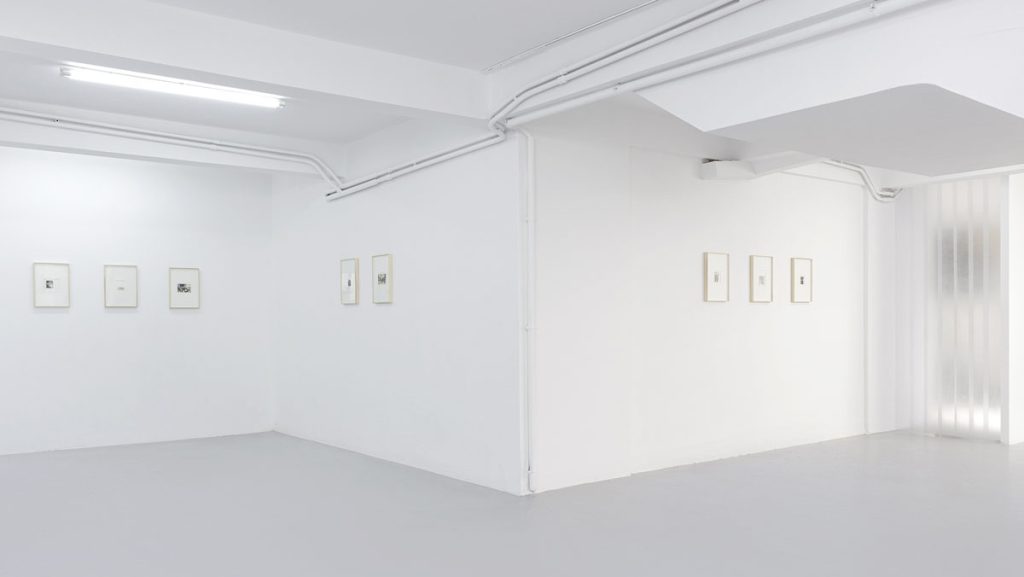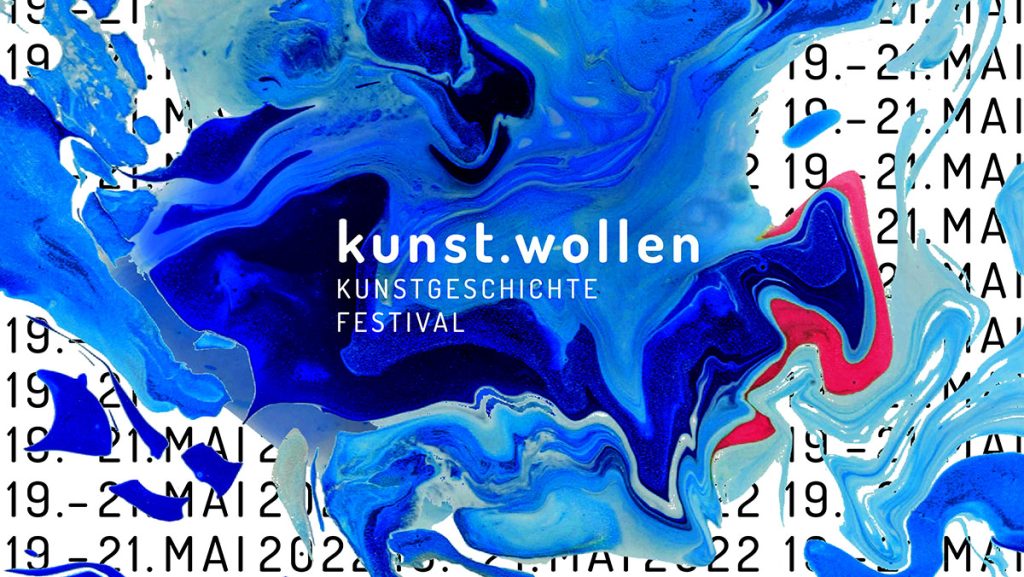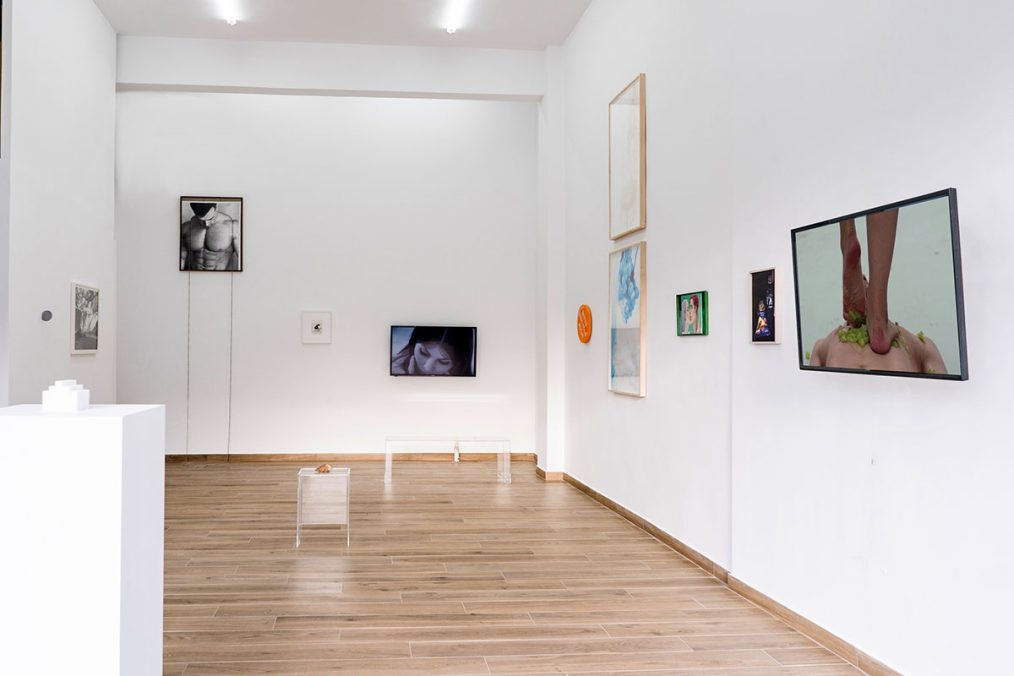
I often get this feeling when seeing places in Greece. Bread and Digestifs opened on the 27th of January under a snow lockdown in Athens. To get to know the exhibition better, I invited the curator Severin Dünser for an interview. He will discuss aspects of the exhibition, from where the idea emerged to building long-term perspectives in curating.
How did the idea of curating this exhibition come about and how did the exhibition’s theme emerge as a result?
It’s the second show I did at Callirrhoë. „On Heavy Rotation“ was the first exhibition that I curated together with Olympia Tzortzi, who also runs the space. The topic of that show in late 2020 was the rotation on one’s own axis. In the context of lockdown-related seclusions, it tried to capture a mental state between vertigo and contemplative trance. Funny enough, we had to prepone the opening due to a new lockdown announced on short notice. „Bread and Digestifs“, the second show, is somehow a consequence of „On Heavy Rotation“. Deriving from the question what it means if humans become numbers in statistics and thereby abstract parameters, I inferred that we are treating ourselves like objects rather than like subjects. I appropriated this perspective to look at ourselves like big data does to find common denominators. I found them in the things ensured during the pandemic: the basic needs. And it lead me to the final issue of the exhibition: Are humans more than the sum of their needs?
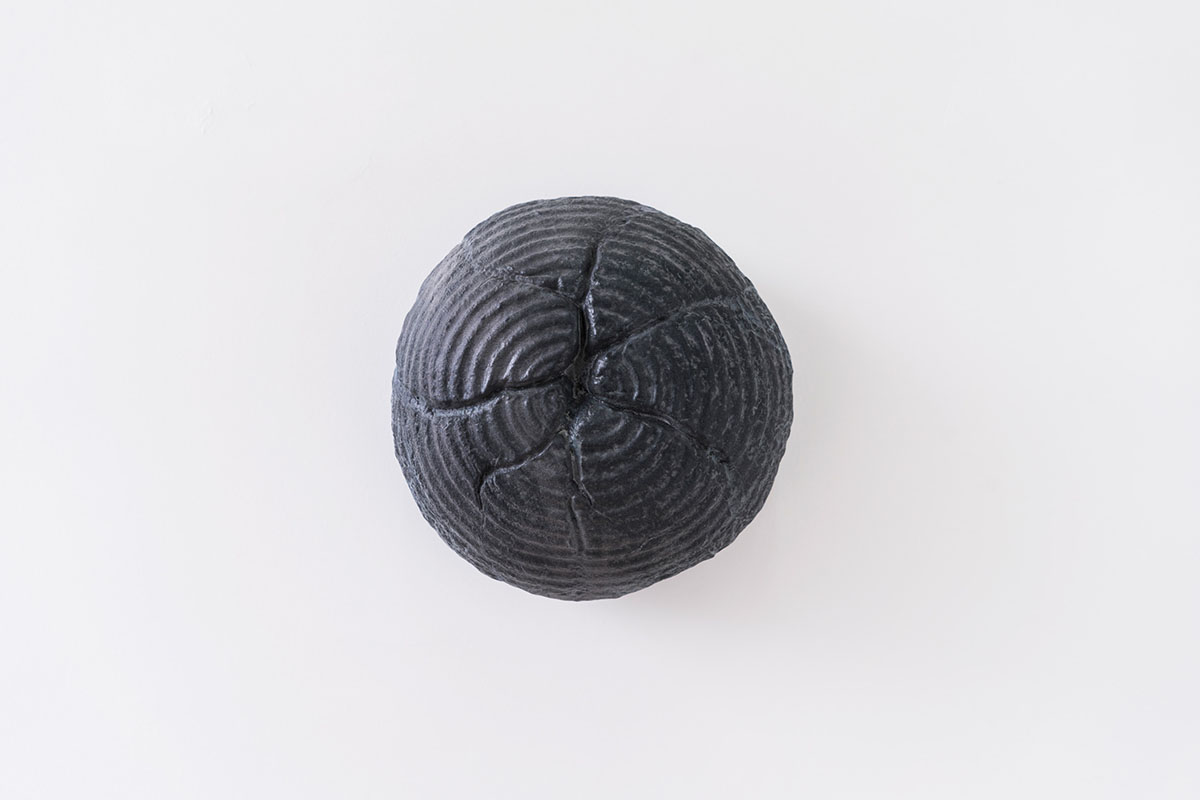
Daniel Stempfer, „Laib/Loaf 8 (nylon negative edit)“, 2022, courtesy the artist, Hong Kong, photo: Alexandra Masmanidi, © Callirrhoë, Athens 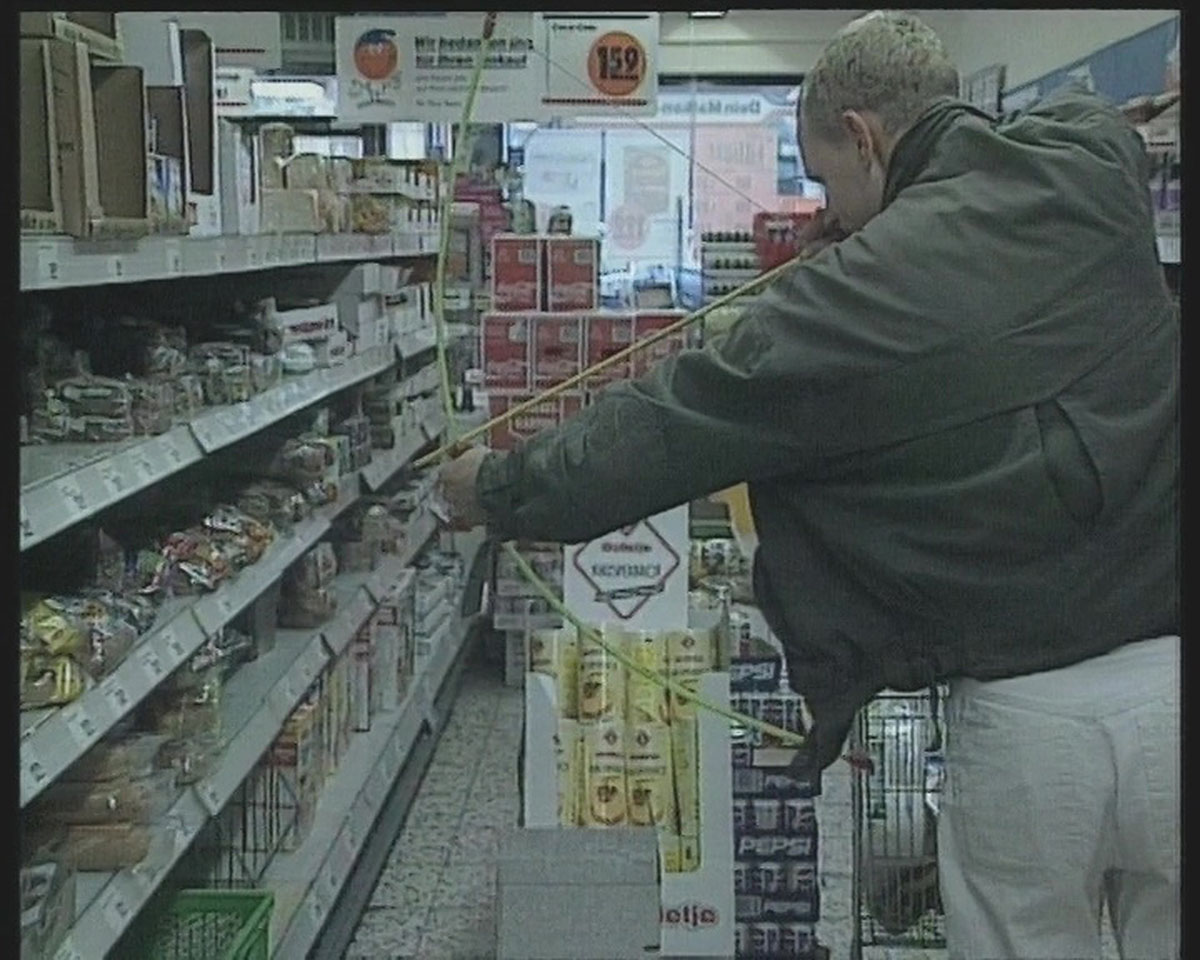
Still from „The Hunt“ by Christian Jankowski, 1992, courtesy the artist, Berlin, © Christian Jankowski 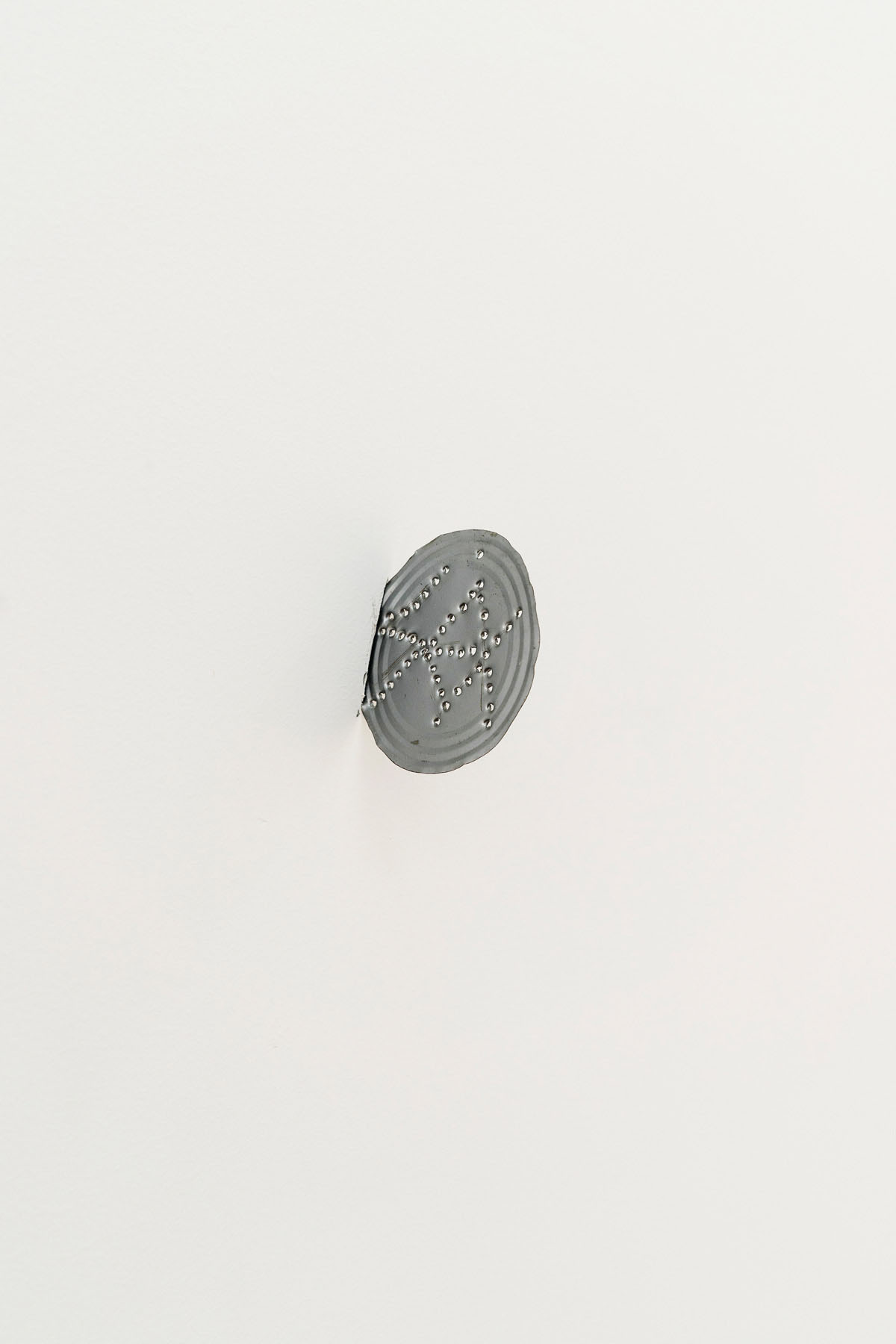
Anastasia Douka, „Sex“, 2009, courtesy the artist, Athens, photo: Alexandra Masmanidi, © Callirrhoë, Athens 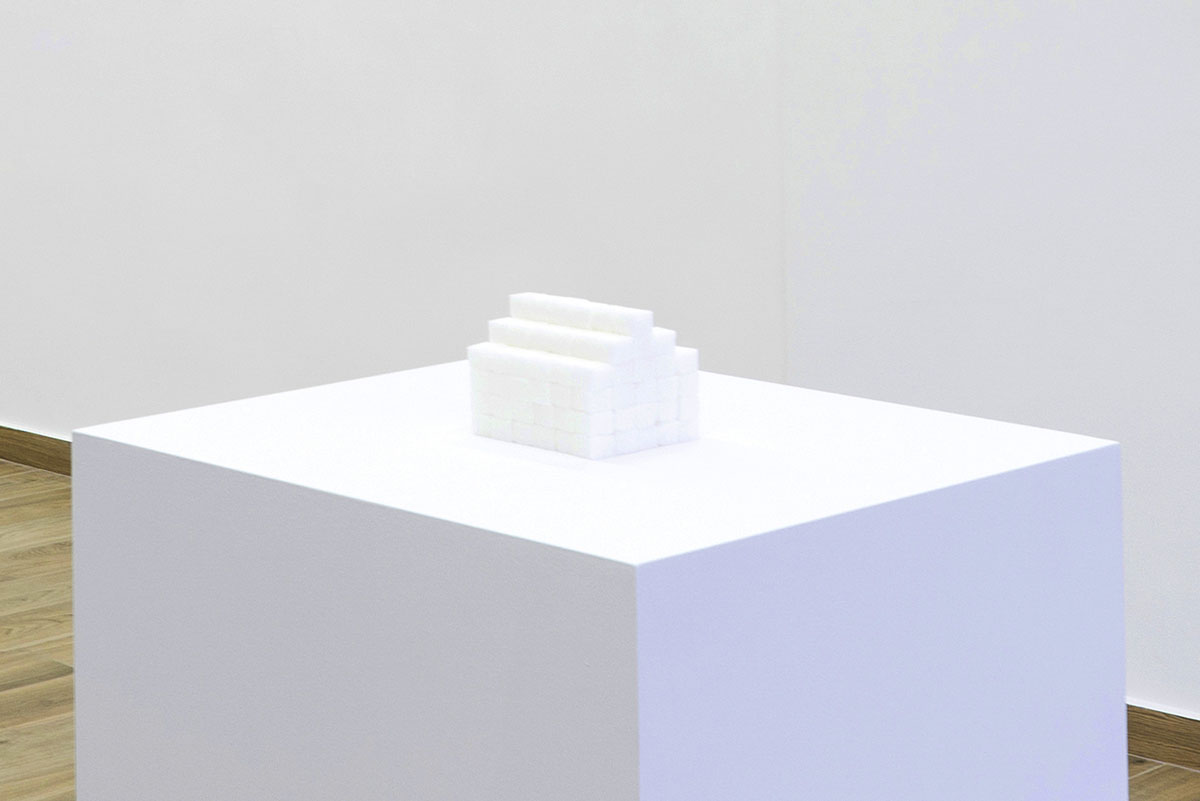
Jiří Kovanda, „Sugar House“, 1989– (ongoing), courtesy gb agency, Paris, photo: Alexandra Masmanidi, © Callirrhoë, Athens
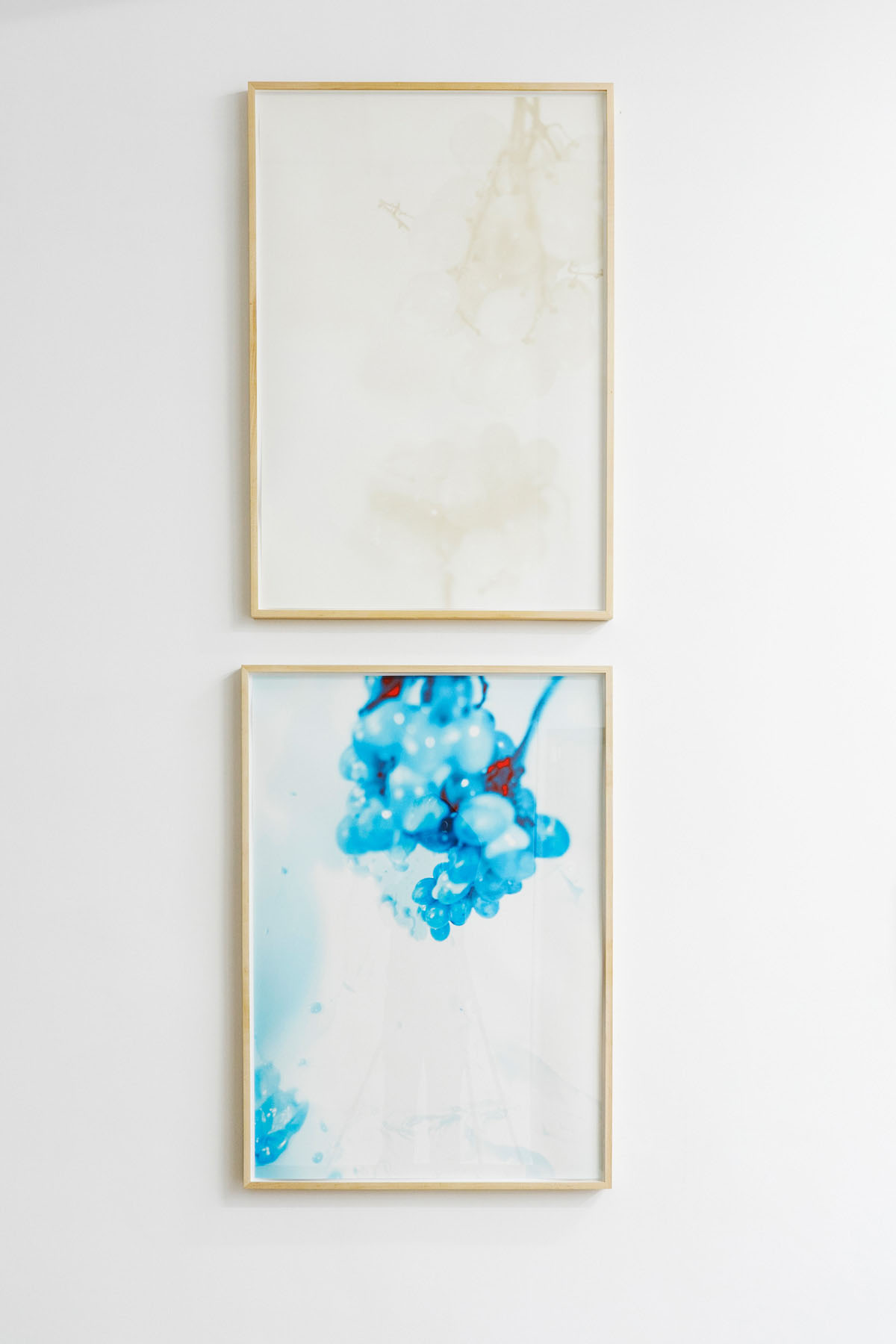
Most of the works in this exhibition are from the years 2018 – 2022. However, some more distant works are also part of it, as for example a work by Christian Jankowski, another by Jiří Kovanda (a work in progress), Jørgen Leth, Maria Nikiforaki. Then a very ancient object that you „brought“ from Vienna – Lower Paleolithic hand axe, Libya, 800.000 – 300.000 BCE, is incorporated in the show. Can you provide some elucidation on this importance, and why you specifically chose to do this blend of times, years? (Did geographical proximity to the Acropolis perhaps influence the choice of this work?)
Even though Callirrhoë is situated close to the Acropolis, there was no intention to connect exhibits with it. The show’s topic deduced from a Covid-related thought, but it turned into a fundamental question of human nature. So it felt appropriate to mix works from different times and places, and to also establish a long-term perspective by including one of humanity’s first tools. It changes the look on the more recent works in the show.
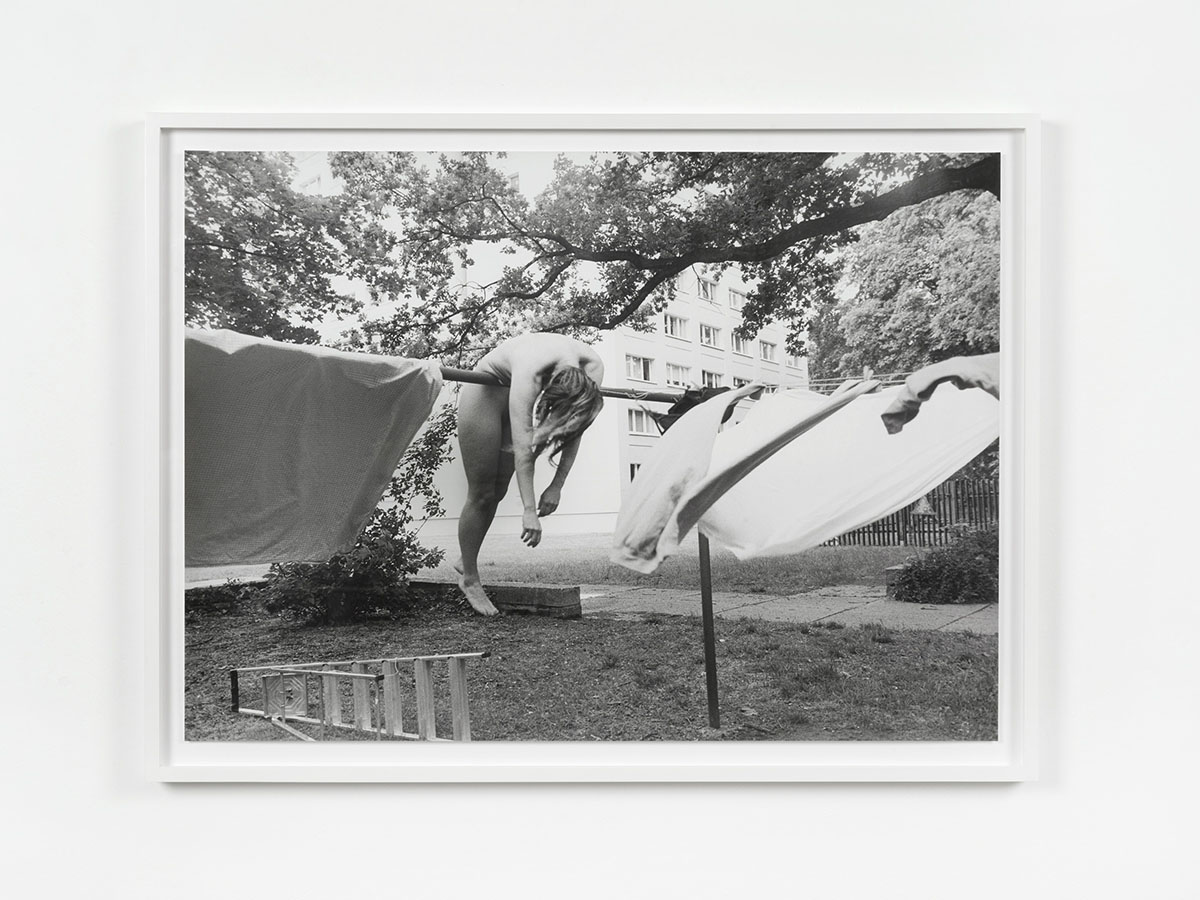
While reading the exhibition text, we are presented with a hierarchy of a range of human needs, from the act of creating a living space to the efforts required to occupy it. Within the domestic space, the artists narrate multiple ways of existing – from very passive, inactive, rest and relaxation situations to active ones (accomplishing, kissing, creating, and even sweating). Would you like to select some of the works on display and tell us more about them?
The bread by Daniel Stempfer for example, is a 3D print made after scans. During the pandemic, the only unregulated activity left in the public space of Hong Kong (where the artist lives) is individual sports. The artist used the salt of his sweat to bake bread (that provides energy for more sporting activities). Thus, the 3D print is an archiving of the cycles of absorbing and releasing energy. In Christian Jankowski’s video, we see him walk into a supermarket with a bow in his hands. He is on the prowl, but what he is hunting down are processed foods and goods that he pierces with arrows. He is going back to the roots, drastically ironing out the alienations and abstractions of modern life. The tin lid of Anastasia Douka’s work is perforated with the word “sex”, connecting the world of food and bodily desires. But it also raises associations to things that were conserved (in masses) and suddenly emerge again. A house provides shelter. Jiří Kovanda made one out of sugar. Sugar is sweet; sugar has not been always available -as it is today- and sugar tends to melt away under rain and heat. Thus, it is obviously not the best material for a house, but something that people like to have around them.
Products, food, wine, excess, economy. What do the artists tell in this exhibition?
Lisa Holzer’s grapes play with being objects of desire: they “(always) hang too high (for almost everyone), they remain a promise, they are not to reach like the positive magical effects of the trickle-down-effect. They trickle downstairs and are not to be found anywhere,” as the artist puts it. The grapes in Maria Nikiforaki’s video are pressed between the chest of a man and the feet of a woman. Nikiforaki mentions that „the memories I have of Greece are these flirtatious moments when the society celebrates its excess, in this case the wine making process. Excess and expenditure can be an erotic gesture, however it advocates an alternative way of thinking of economics.“
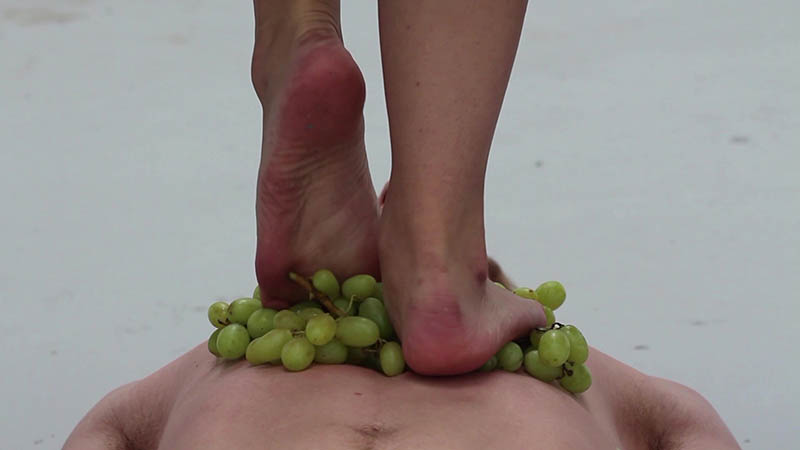
When I read the exhibition’s title, I couldn’t help thinking about the kind of food that was served during the opening. Can you spoil something?
Actually, I bought some chocolate cookies of the „Digestive“ brand for the opening, as a joke. But there was a snow-related lockdown and I gave the cookies to the artists who flew in for the opening, so they didn’t have to go „for a hunt“. But I bought some Mastiha from Chios – a liquor based on mastic and used as a digestif- that was received with great pleasure as well.
Exhibition duration: 27 January – 19 March 2022
With works by Eleni Bagaki, Carina Brandes, Anastasia Douka, Francesco Gennari, Sophie Gogl, Lisa Holzer, Christian Jankowski, Jiří Kovanda, Soshiro Matsubara, Orestis Mavroudis, Maria Nikiforaki, Daniel Stempfer, Marina Sula and Philipp Timischl, a short film by Jørgen Leth and a hand axe.
Address and contact:
Callirrhoë
Kallirrois 122, Athens 117 41, Greece
www.callirrhoe.info
Callirrhoë. Located close to the Acropolis of Athens, Callirrhoë is an independent exhibition space for contemporary art. It connects and reflects art and society by offering a platform for artists, thinkers and everyone interested in participating in the relevant discourses of the here and now. Living in an era of change, there is a plethora of terms that are taken for granted. Questions like who they are; who we are; and who gets to be the narrator of our times; are resurfacing. Living in alienation and marginalization- terms which are differently conceived by each person- is definitely not an easy task to undertake. The scheduled activities are going to revolve around these issues and aim at reinforcing our understanding of how society is affected by art, how art enhances a collective way of thinking and how memory could be formed through it. Founded in November 2020, Callirrhoë is run by Olympia Tzortzi.
About the Interviewer: Erka Shalari (*1988, Tirana) is a Vienna-based art author. She focuses on discovering independent young and emerging artists, unconventional exhibition spaces, and galleries that have deliberately broken new ground in their working methods. In this regard, she relies on unorthodox publishing practices, coupling these with a nonchalant manner of writing. The work oscillates between articles for magazines, exhibition texts and press releases.



